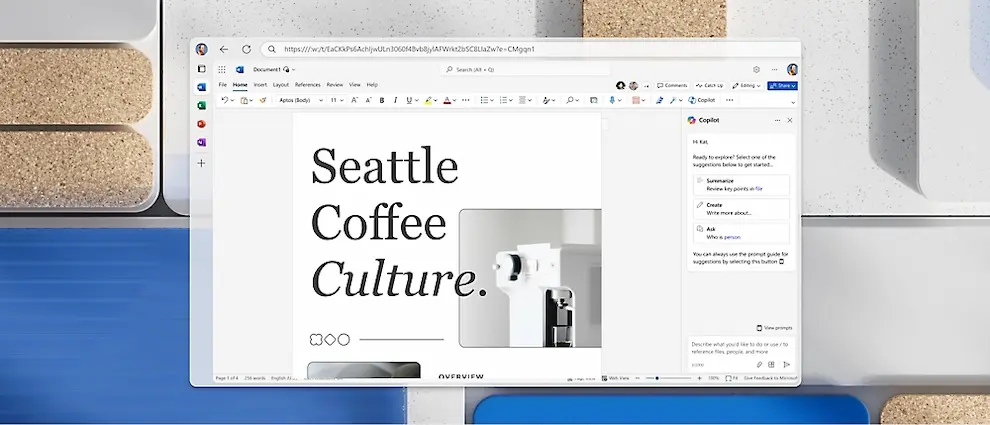Have you finished a flawless document and, when exporting or printing it, a blank page appears that throws everything off? Relax — its not a bug in the universe: Word often hides the cause in invisible symbols, page breaks, or a special final paragraph. Here we explain, step by step and without detours, how to hunt down and delete those phantom pages on both Windows and Mac. Youll also see last-resort solutions for when nothing else works, because no one wants a perfect report to end up with a “blank sheet” as a gift.
Show formatting marks and remove whats unnecessary
Most blank pages appear for two reasons: inadvertently inserted page breaks or empty paragraphs that push content onto a new page. The first step is to see what Word hides by default. Press Ctrl+Shift+8 on PC or Cmd+8 on Mac to show formatting marks: youll see paragraph marks (¶) and, if present, page breaks indicated by a dotted line and the text “Page Break.”
Inspect the blank page and also the previous one; sometimes the problem is just before. If you spot extra paragraph marks or a page break that shouldnt be there, select them and press Delete to remove them. Avoid touching line symbols that do contain actual text.
Also note a key detail: if a small black square appears next to a paragraph mark, that paragraph has the option “Page break before” enabled. To disable this behavior, go to Home, right-click the paragraph, choose “Paragraph…”, enter “Line and Page Breaks” and uncheck “Page break before.” Accept, and the blank page should disappear. When youre finished, you can hide the marks again with the same shortcut (Ctrl+Shift+8 or Cmd+8).
The blank page at the end: the hidden paragraph and margins
If the blank page appears at the end of the document, the most common cause is the final paragraph that Word reserves and which cannot be deleted like normal text. The recommended solution is to make that paragraph “fit” on the previous page. To do this, show the marks (Ctrl+Shift+8 or Cmd+8) and locate the paragraph mark on the last page. If there are several, delete them. If only one appears and deleting it doesnt work, change its font size to 01: select it, go to Home, set the size to 01 and confirm. With that change, the final paragraph usually moves to the page with content and the blank page disappears.

Still stubborn? Adjust the bottom margin to gain a few fractions of space: go to Layout, Margins, Custom Margins and reduce the bottom margin (for example, to 0.3 inches). This micro-adjustment allows the final paragraph to “move” to the previous page. Afterwards, hide the marks if you wish and check the result.
Sometimes the blank page appears after inserting or deleting a section break. If you see a line indicating a section break, double-click it to open the Page Setup; from there, change the break to one that doesnt force a new page. Applying a break type that doesnt create a page should make the blank space disappear.
Extra solutions: PDF, page range and “Go To”
When nothing works and you need to deliver the file now, a practical workaround is to save it as a PDF omitting the final blank page. In the desktop version of Word for Windows, use “Save As”, choose PDF and go into “Options” to select the page range: set “From” 1 “To” the last page with content, and save. Keep in mind that the web version of Word doesnt allow selecting pages when exporting; if your file is in OneDrive, use “Save a copy”. In some recent versions, you may need to choose PDF again for the “Options” button to appear. If you later need to edit again, you can always convert the PDF back to DOCX.
Want to delete a page that does have content (text, images or objects) in one go? Open the “Find and Replace” window on its “Go To” tab with Ctrl+G (Windows) or Cmd+G (Mac). From there, use the option to jump to the page and select all its content; when its highlighted, close the window and press Delete. A useful trick: if the page is technically “empty” and the method doesnt select it, type any word on it and repeat the process to be able to remove it at once.
Start by revealing the marks, remove page breaks and phantom paragraphs, fix the documents final paragraph and resort to PDF or “Go To” for stubborn cases. Who said Word rules your pages? Now you do.

